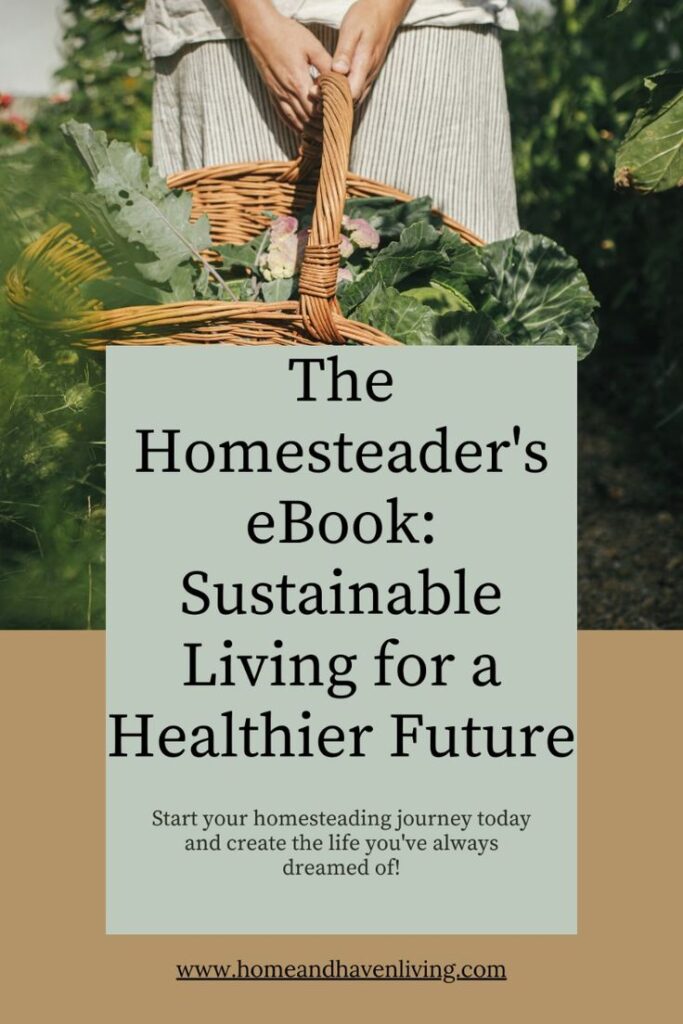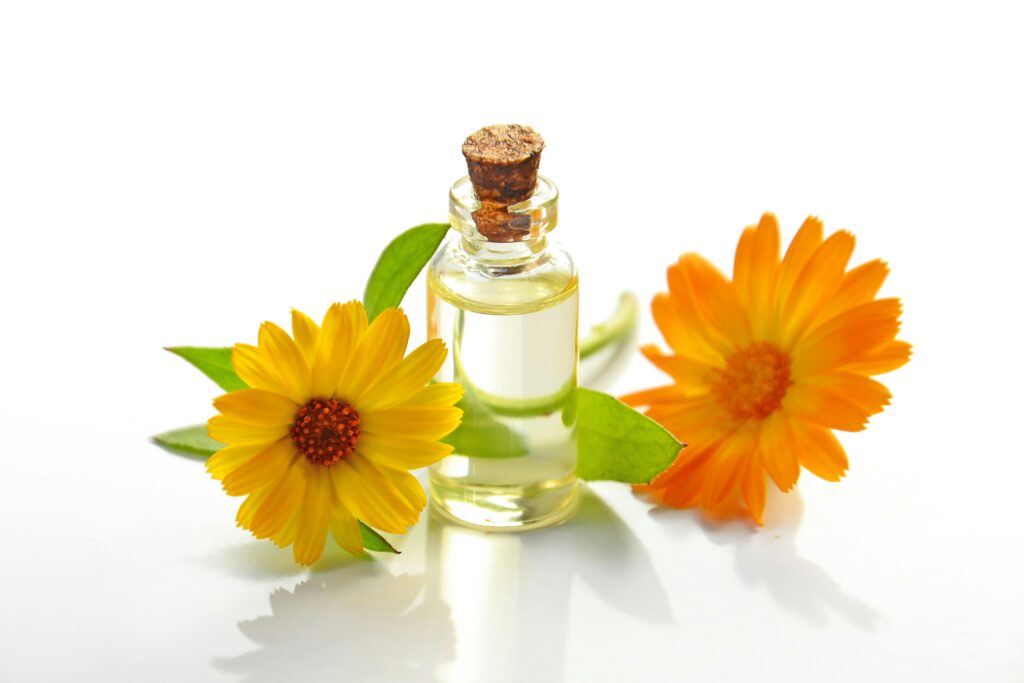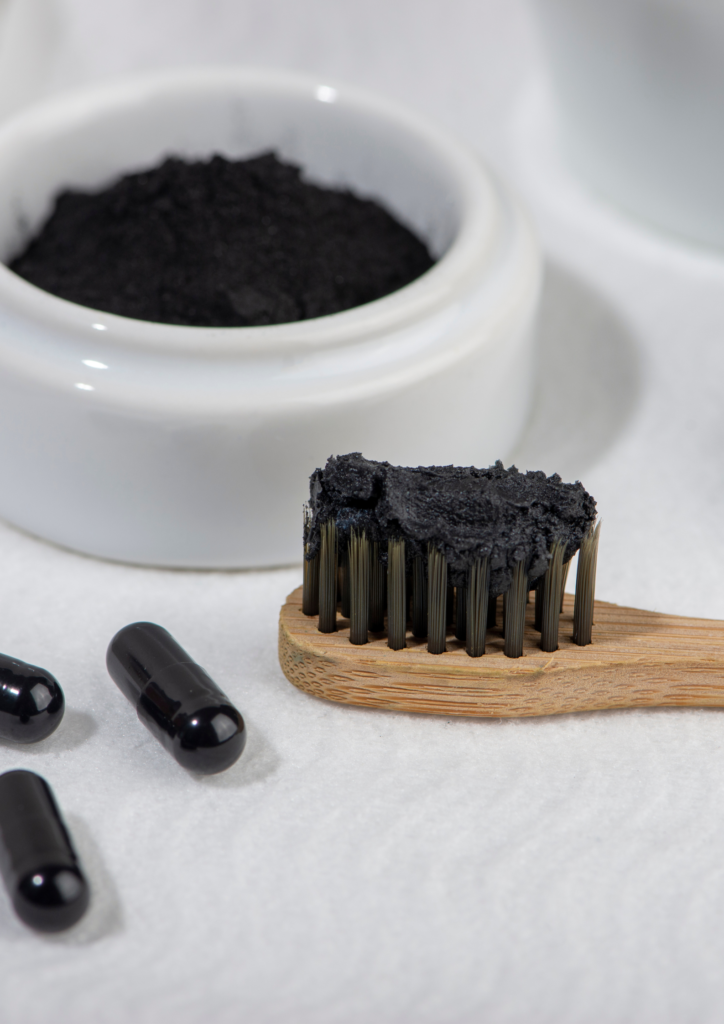The Ultimate Guide to Making Your Own Natural Soap at Home: Glycerin Edition

Introduction: Why Make Your Own Soap?
In recent years, there has been a growing movement toward embracing natural, homemade products, and soap-making is no exception. While commercial soaps dominate store shelves, many people are unaware of the potential downsides of these products. Store-bought soaps often contain synthetic fragrances, harsh detergents, and chemicals that can strip your skin of its natural oils, leaving it dry and irritated. According to dermatologist Dr. Joan Jaliman, “Commercial soaps often contain surfactants and preservatives that can disrupt the skin’s barrier function.”
Making your own soap at home, particularly using glycerin as a base, is an empowering and rewarding process. Glycerin, a byproduct of the soap-making process, is a natural humectant that attracts moisture to the skin. By creating your own soap, you can control the ingredients, customize scents, and ensure your final product is eco-friendly and skin-safe. Moreover, soap-making is a creative and enjoyable hobby, allowing you to experiment with colors, shapes, and natural additives. Whether you’re concerned about the environment, your skin’s health, or simply love DIY projects, this guide will walk you through everything you need to know about making your own glycerin soap.
Why Commercial Soaps Are Bad for Your Skin
Many people assume that all soaps are created equal, but a closer look at the ingredients in most store-bought options tells a different story. Here are the key issues with commercial soaps:
| Problem | Explanation |
|---|---|
| Synthetic Chemicals | Contain detergents, parabens, and sulfates that irritate sensitive skin. |
| Artificial Fragrances | Often made with petrochemicals, which can cause allergies or rashes. |
| Lack of Glycerin | Glycerin is often removed for use in lotions, leaving soap less moisturizing. |
| Environmental Impact | Non-biodegradable packaging and harmful ingredients pollute waterways. |
According to the Environmental Working Group (EWG), more than 70% of commercial soaps contain ingredients linked to skin irritation or endocrine disruption. These soaps are designed to foam and cleanse effectively but often at the cost of your skin’s natural balance.
Benefits of Making Your Own Glycerin Soap
Homemade glycerin soap offers numerous advantages over its commercial counterparts:
- Skin-Friendly Ingredients: You control what goes into your soap, ensuring no harsh chemicals or irritants.
- Deep Moisturization: Glycerin’s humectant properties lock in moisture, making it ideal for dry and sensitive skin.
- Customizable: Add essential oils, natural colorants, and exfoliants to create unique blends.
- Eco-Friendly: Homemade soap reduces packaging waste and eliminates harmful pollutants.
- Cost-Effective: Once you invest in the basic supplies, homemade soap is cheaper in the long run.
- Creative Expression: Experiment with molds, scents, and designs for a personalized touch.
Dr. Carla Burns, a skincare specialist, states, “Homemade soap allows you to cater to your skin’s specific needs while minimizing exposure to synthetic additives.”
Health Benefits of Glycerin Soap
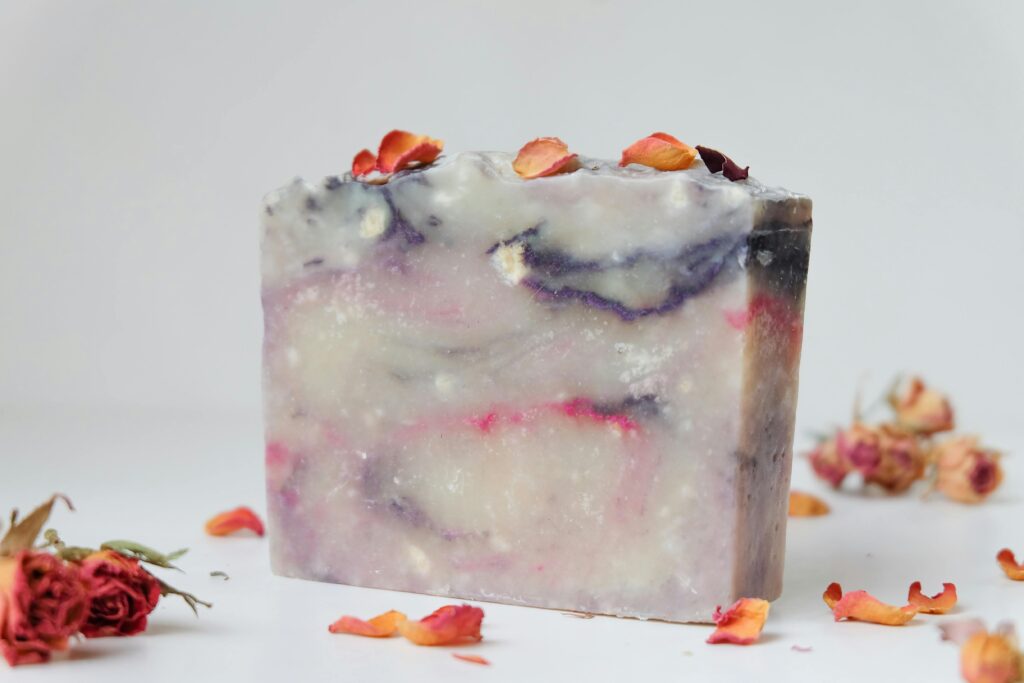
1. Hydration
Glycerin is a natural humectant that helps draw moisture from the air to your skin, keeping it hydrated and soft. Unlike commercial soaps that strip away oils, glycerin soap nourishes your skin.
2. Gentle on Sensitive Skin
Free from harsh chemicals and synthetic additives, glycerin soap is ideal for individuals with eczema, psoriasis, or other skin conditions.
3. Maintains pH Balance
Natural glycerin soap helps preserve your skin’s natural pH balance, which is essential for maintaining a healthy skin barrier.
4. Non-Comedogenic
Glycerin does not clog pores, making it suitable for acne-prone skin.
5. Allergy-Friendly
Since you control the ingredients, you can avoid allergens or irritants commonly found in commercial soaps.
The Fun Factor: Creative Soap-Making
Soap-making is more than a practical skill—it’s a form of art. From swirling vibrant colors to adding dried herbs or flowers, the possibilities are endless. Here are some fun ways to personalize your glycerin soap:
- Shapes and Molds: Use silicone molds to create fun shapes like hearts, stars, or even seasonal designs.
- Natural Additives: Incorporate oatmeal, coffee grounds, or dried lavender for exfoliation.
- Colors: Use natural colorants like turmeric for yellow, spirulina for green, or beetroot powder for pink.
- Layering: Create beautiful layered soaps by pouring glycerin in stages and adding different colors or additives.
Glycerin Soap-Making Basics: What You’ll Need
| Supplies | Description |
| Glycerin Soap Base | Pre-made glycerin base, available in stores or online. |
| Essential Oils | For scent; examples include lavender, tea tree, or citrus oils. |
| Natural Colorants | Like turmeric, spirulina, or mica powders. |
| Additives | Dried flowers, exfoliants, or herbs. |
| Soap Molds | Silicone molds in various shapes. |
| Microwave or Double Boiler | To melt the soap base. |
| Spray Bottle with Rubbing Alcohol | Removes bubbles from the surface. |
Step-by-Step Instructions
- Melt the Glycerin Base: Cut the soap base into small cubes and melt it in a microwave-safe bowl or double boiler.
- Add Essential Oils: Once melted, stir in your chosen essential oils (about 1 teaspoon per pound of soap base).
- Incorporate Colorants and Additives: Add natural colorants and any exfoliants or dried herbs.
- Pour into Molds: Carefully pour the mixture into your soap molds.
- Spray with Alcohol: Lightly spray the surface with rubbing alcohol to eliminate bubbles.
- Let It Set: Allow the soap to cool and harden for 2-4 hours before unmolding.
Five Glycerin Soap Recipes
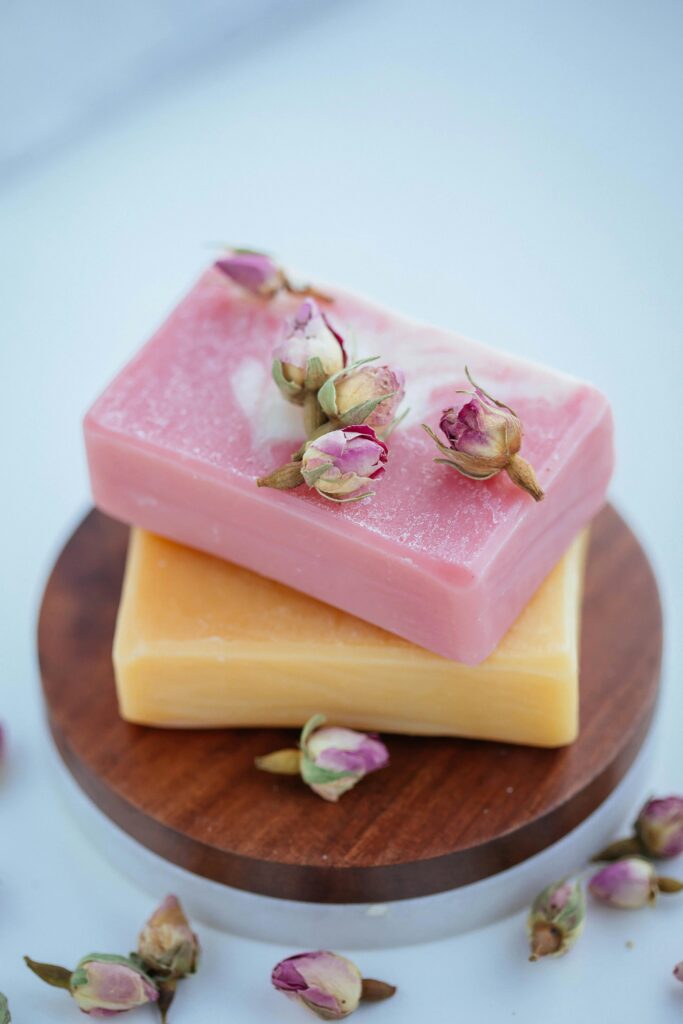
1. Soothing Lavender Soap
- Ingredients: Glycerin base, lavender essential oil, dried lavender buds, purple mica powder.
- Benefits: Calms the mind, promotes relaxation.
2. Citrus Burst Soap
- Ingredients: Glycerin base, orange and lemon essential oils, orange zest, turmeric powder.
- Benefits: Refreshing and energizing, brightens the skin.
3. Exfoliating Coffee Scrub Soap
- Ingredients: Glycerin base, ground coffee, vanilla essential oil.
- Benefits: Exfoliates dead skin, improves circulation.
4. Charcoal Detox Soap
- Ingredients: Glycerin base, activated charcoal, tea tree oil.
- Benefits: Detoxifies the skin, fights acne.
5. Rose Petal Soap
- Ingredients: Glycerin base, rose essential oil, dried rose petals, pink mica powder.
- Benefits: Hydrates and softens the skin, luxurious fragrance.

Conclusion: Start Your Soap-Making Journey Today
Creating your own glycerin soap at home is a fulfilling and health-conscious choice. Not only do you get to avoid the harmful chemicals found in commercial soaps, but you also enjoy the creative freedom of crafting a product tailored to your needs and preferences. With endless possibilities for customization, soap-making is an art form that benefits both your skin and the environment.
Remember, small steps toward natural living can have a significant impact on your health and well-being. So, gather your ingredients, pick a recipe, and start your journey to healthier, handmade soap today. As they say, “What you put on your skin matters just as much as what you put in your body.”
Happy soap-making!
References
- Environmental Working Group. “Skin Deep” database. www.ewg.org.
- Jaliman, Dr. Joan. “Common Ingredients in Commercial Soaps and Their Effects.” Dermatology Today, 2022.
- Burns, Dr. Carla. “Benefits of Natural Skincare Products.” Journal of Dermatological Health, 2021.
- Green, Melissa. The Natural Soap-Making Handbook. Nature Press, 2019.
- Carter, L. “Eco-Friendly Living: Why Homemade is Better.” Sustainable Living Magazine, 2020.
As an Amazon Affiliate, we earn from qualifying purchases, but at no extra cost to you.
